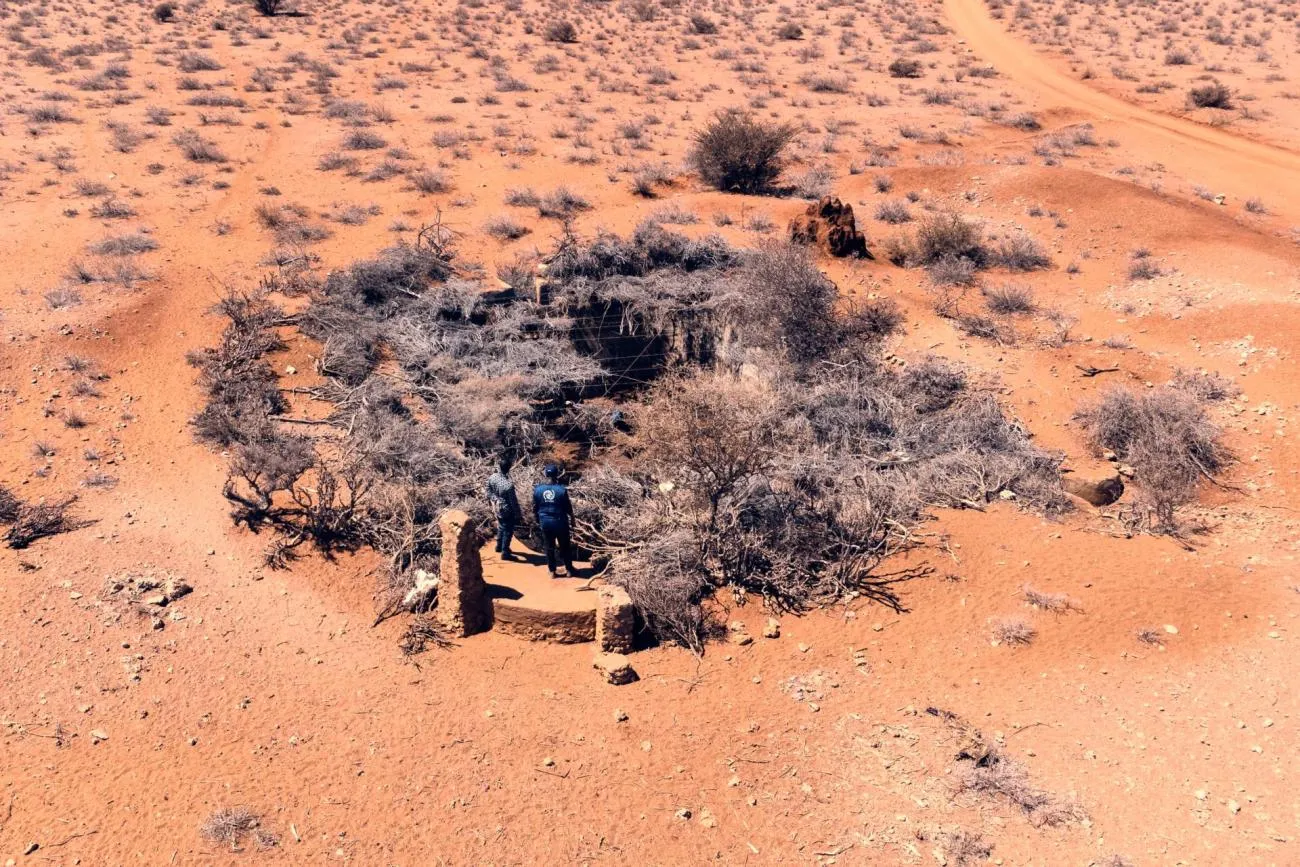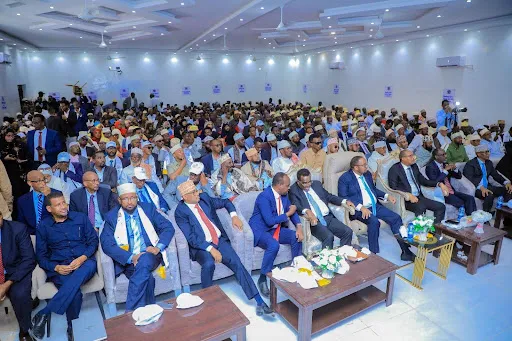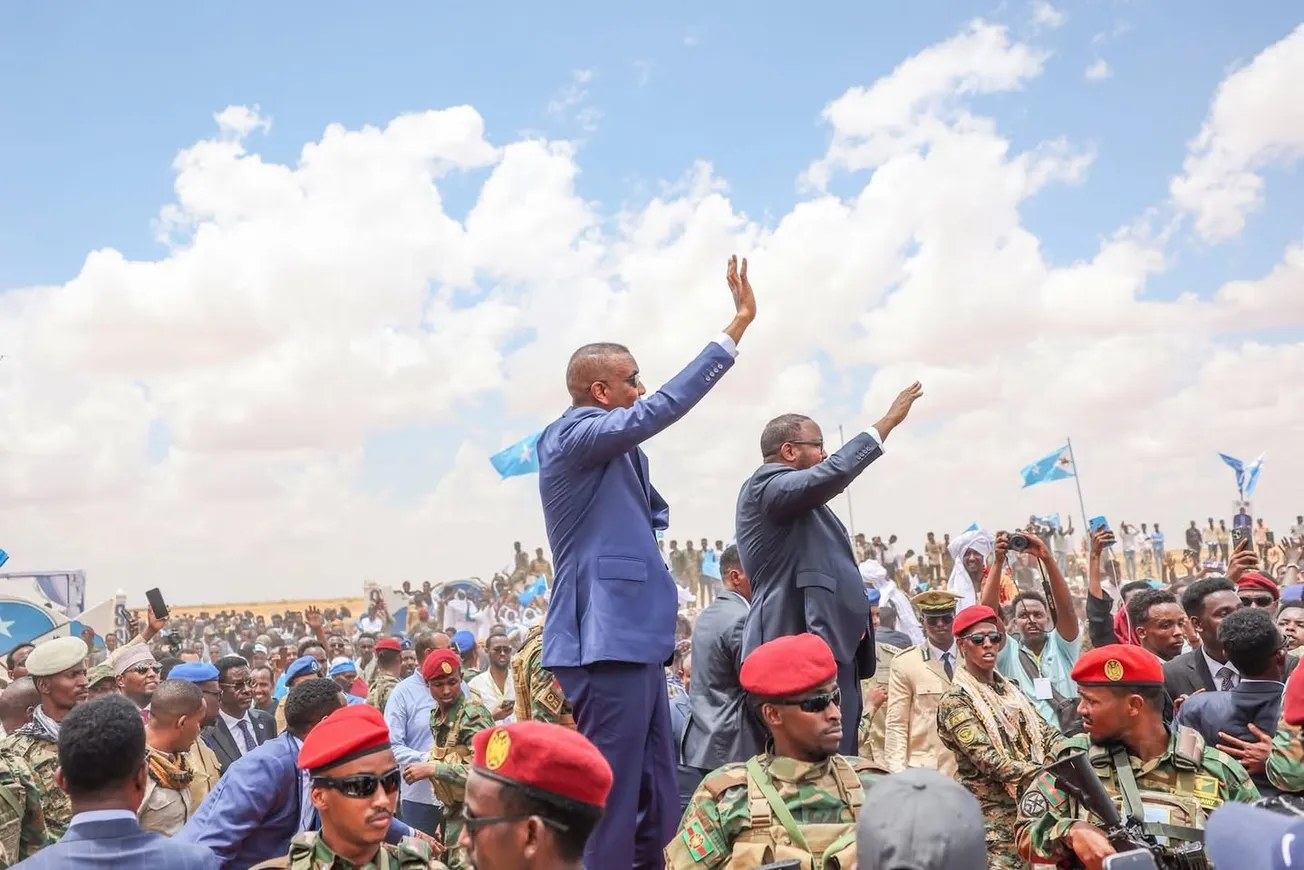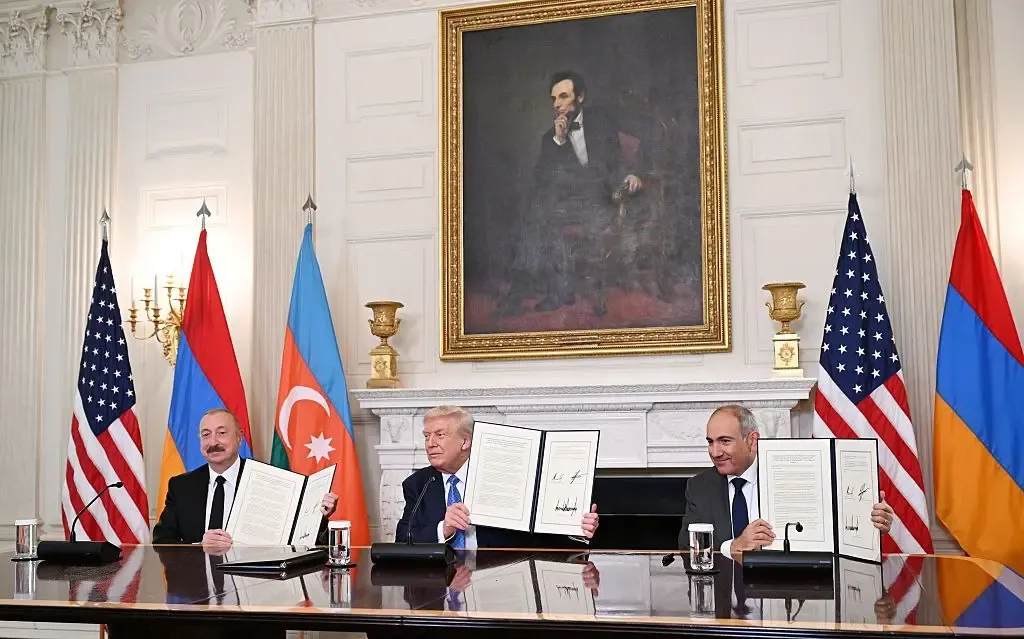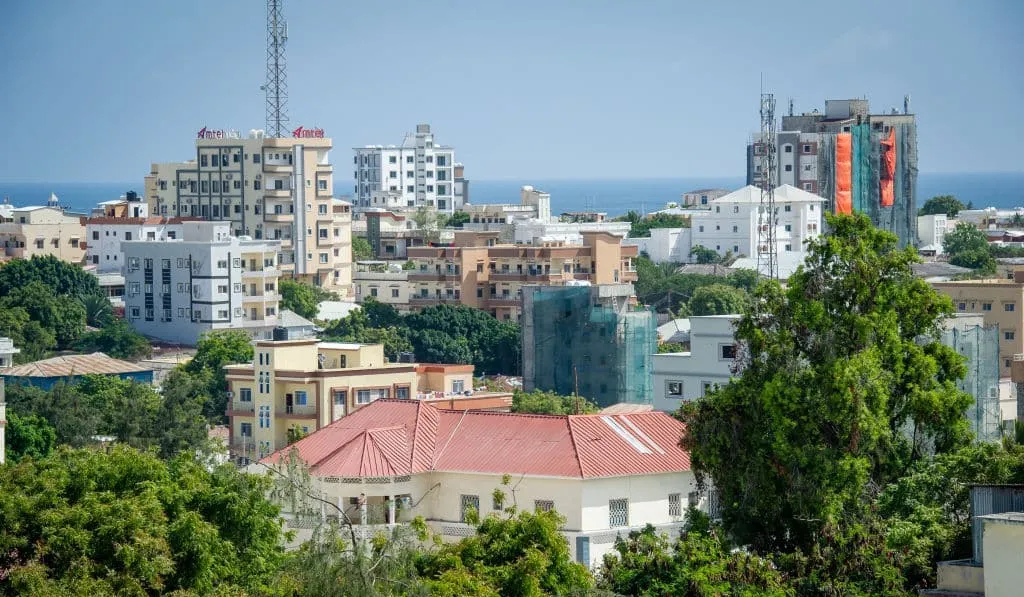Table of Contents
The conflict in South-West Mudug has emerged as a defining challenge for Somalia, particularly for the Puntland and Galmudug administrations. It highlights the fragility of peace in a region deeply affected by historical grievances and resource-based disputes. Recent clashes near Saaxa Qurun have reignited tensions, with consequences that could extend beyond the immediate area to destabilize the wider region, including the city of Galkayo. These disputes, primarily involving the Leelkase and Sacad clans, are rooted in historical rivalries but have been intensified by modern pressures surrounding land use and traditional clan territories.
Perceptions of Encroachment and Escalating Tensions
At the heart of the dispute lies a perceived encroachment by Galmudug militias into traditionally Puntland-affiliated Leelkase territory. Initially, these militias were welcomed peacefully by local communities on the Puntland side, reflecting longstanding customs of hospitality. However, sporadic acts of violence, including targeted killings, shattered this goodwill. Such actions were viewed as violations of traditional norms and a threat to the traditional lands of Leelkase communities, particularly in areas such as Saaxa Qurun and LaanWaalay.
While disputes over grazing lands have long fueled tensions in Mudug, the perceived expansion of Sacad-aligned militias into Leelkase-inhabited areas has escalated the conflict to dangerous levels. These issues have deepened mistrust and created a volatile environment that threatens regional stability.
A History of Conflict and Reconciliation
The relationship between the Leelkase and Sacad clans is marked by a complex interplay of conflict and reconciliation. In 2020, the two clans reached a historic agreement celebrated in Bandiradley and Galdogob, highlighting their ability to resolve disputes through dialogue. This accord demonstrated a shared commitment to peaceful co-existence and mutual respect.
Unfortunately, the fragility of such agreements became evident as clashes resumed in subsequent years. In October 2024, with the backing of Puntland and Galmudug administrations, a ceasefire was brokered between the two communities. While this agreement was short-lived, it reflected the ongoing efforts of traditional elders and leaders to foster dialogue and prevent further bloodshed.
The Strategic Importance of Galkayo
The stakes of the South-West-Mudug conflict extend beyond the contested areas, posing a significant risk to the stability of Galkayo. As a crucial trading hub linking Somalia’s northern and southern regions, Galkayo is home to diverse clans, including the Leelkase and Sacad. This diversity has historically been maintained through a delicate balance of peaceful co-existence.
However, the ongoing violence in nearby areas threatens to spill over into Galkayo, with potentially devastating consequences. A breakdown of peace in the city could lead to mass displacements and disrupt trade, triggering a ripple effect across Somalia. The city’s stability is vital for the nation’s economic and social cohesion. Any unrest in Galkayo could undermine efforts at national reconciliation, causing long-term harm to Somalia’s progress.
Addressing the Root Causes
Resolving the conflict in South-West Mudug requires a comprehensive approach that addresses its underlying causes. For the Leelkase, the priority is safeguarding their ancestral lands and preventing further encroachment. For the Sacad, factors such as resource scarcity and environmental degradation in their traditional areas drive their presence in contested territories. Both sides have reasonable grievances that require fair and sustainable solutions.
Traditional elders and regional administrations must continue their mediation efforts, focusing on fostering agreements that address the root causes of the conflict. Strengthening local governance, ensuring access to justice, and supporting resource-sharing frameworks are essential steps toward long-term peace. Additionally, mechanisms to monitor and enforce ceasefires must be established to prevent the recurrence of violence.
A Test of Resilience
The conflict in South-West Mudug is not merely a localized struggle but a test of Somalia’s ability to manage its internal divisions and build a future of peaceful co-existence. The resilience of the Leelkase and Sacad communities, combined with the commitment of Puntland and Galmudug leaders, offers a glimmer of hope. Addressing the root causes of this conflict and prioritizing reconciliation is crucial for achieving stability in South-West Mudug and safeguarding the vital peace of Galkayo.
The stakes are high. Galkayo’s future, and its role as a cornerstone of Somalia’s economic and social fabric, depends on the resolution of this conflict. A failure to act decisively could have lasting repercussions, while a successful resolution could serve as a blueprint for peace in other parts of Somalia.


